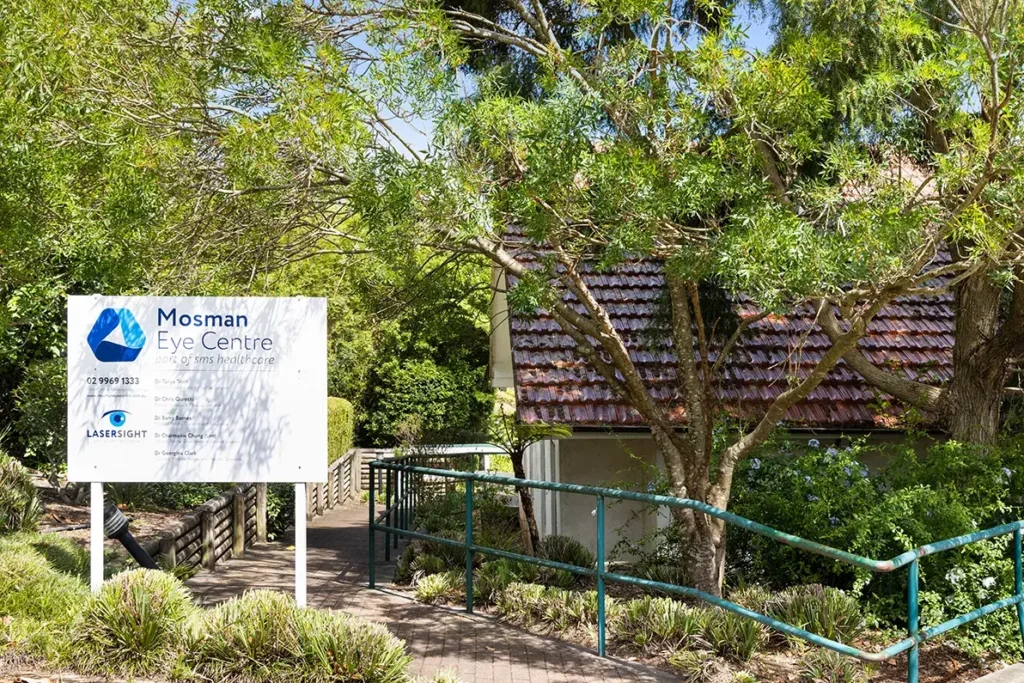Unfortunately, up to 50% of Australians will develop skin cancer at some point in their life. Most of these skin cancers occur on the head, face and neck.
Dr Freny Kalapesi specialises in treating the “mask area” around the eyes. This area includes the upper and lower eyelids and extends over the eyebrows onto the forehead, the temples and cheeks.
The eyelids are complicated structures having seven separate layers each with its own function. The eyelids must have a soft inner lining and a skin surface as well as the ability to open to allow vision and closure to protect the eye.
When dealing with skin cancers in the periorbital region not only must all of the cancer cells be removed but the lid must be repaired or reconstructed to maintain its function of keeping the eyes comfortable and seeing well.
What are skin cancers?
Cancer is the abnormal growth of cells. The cancer tissue usually grows and destroys the surrounding tissue. The most common types of cancers that occur in the skin are basal cell carcinoma and squamous cell carcinoma.
Basal Cell Carcinoma (BCC) is the most common type of skin cancer affecting this area. This type of skin cancer will not travel to other parts of the body, but will continue to grow deeper and destroy surrounding tissue if not treated.
The next most common type of skin cancer is Squamous Cell Carcinoma (SCC). These usually grow more rapidly than BCC’s and have the potential to spread to other parts of the body.
Melanoma is the most serious but fortunately the least common skin cancer to affect this area. They usually occur as a new mole or pigmented spot but can potentially occur in an existing mole.
What are the symptoms of Skin Cancer?
Skin cancers generally are painless. They may appear as a new thickening of the skin, which may ulcerate, bleed or develop a surface crust. Skin cancers can cause eyelash loss or mis-direction
Treatment:
- Biopsy for diagnosis
- Skin cancer excision and repair





